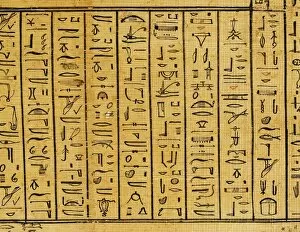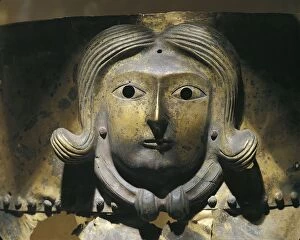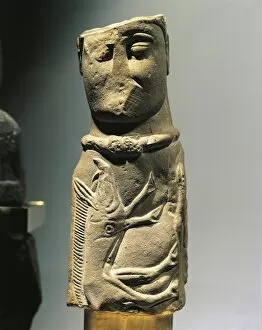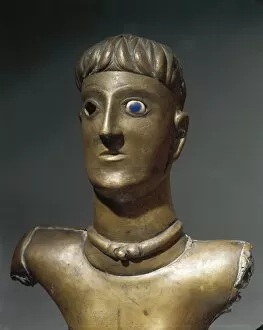First Century Bc Collection (page 6)
In the first century BC, the world witnessed a remarkable blend of artistry and historical significance
All Professionally Made to Order for Quick Shipping
In the first century BC, the world witnessed a remarkable blend of artistry and historical significance. The Ptolemaic figure of Alexander the Great, crafted in marble around c. 100 BC, stands as a testament to his enduring legacy. Alongside it, a vase adorned with the cortege of Dionysus showcases intricate bas relief work on smooth marble. The head of a high dignitary carved from granite between 80-50 BC exudes an air of authority and power. Its finely chiseled features speak volumes about the esteemed position this individual held during that era. A delicate necklace dating back to the 1st century BC captivates with its beauty and craftsmanship. Made from glass beads, it reflects both elegance and sophistication. Amongst these exquisite pieces is also a bust known as Drusus, sculpted in marble during that time period. It captures an enigmatic man whose identity still intrigues historians today. Julius Caesar's presence is immortalized through a bronze and marble bust created in the late 17th or early 18th century. This artwork pays homage to one of history's most influential figures. Moving away from sculptures, we encounter a detailed bronze statue titled "Boxer at Rest. " Crafted in the 1st century BC, it portrays strength intertwined with vulnerability - capturing both physical prowess and emotional depth. Another representation of athleticism can be found in another bronze sculpture named "Boxer at Rest. " This piece further emphasizes human anatomy while evoking emotions associated with exhaustion after intense physical exertion. Two heads hold immense historical importance: that of empress Livia (25-1 BC) and Gaius Caesar (2BC-4AD). These intricately carved masterpieces offer glimpses into their respective eras' political landscapes while showcasing exceptional artistic talent. Lastly, we are presented with Diadumenian's bust from Augustan times - an intriguing portrayal of a man whose identity remains shrouded in mystery.














